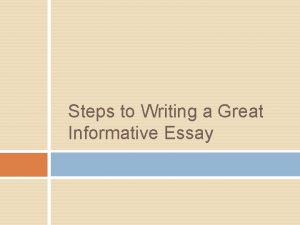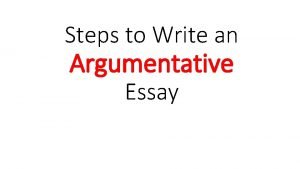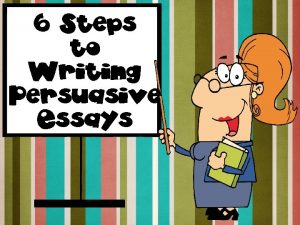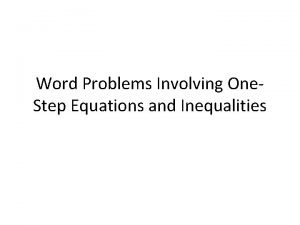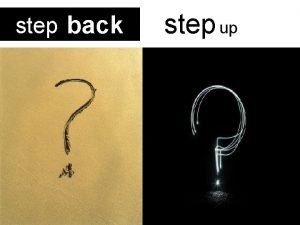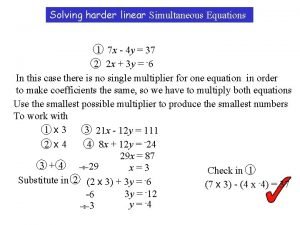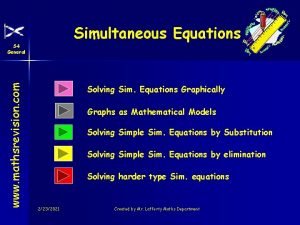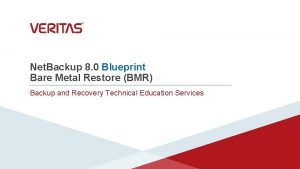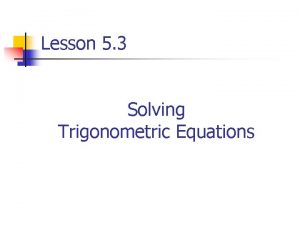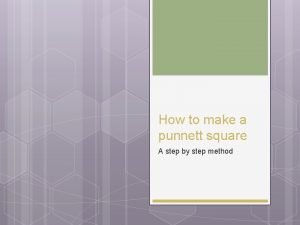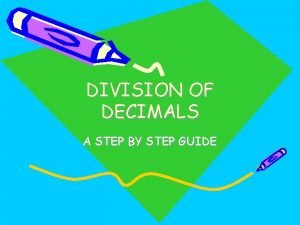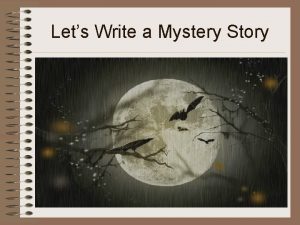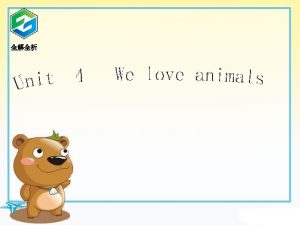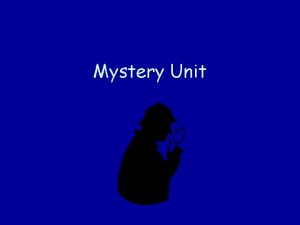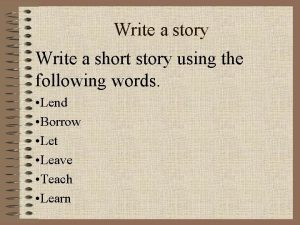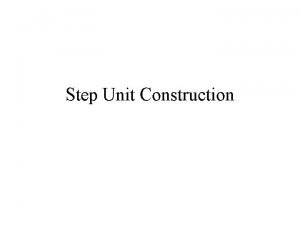Lets Write a Mystery Story Step One Story
























- Slides: 24

Let’s Write a Mystery Story

Step One – Story Skeleton Ø Fill out the story skeleton sheet ØSetting ØCharacter List ØConflict ØRising Action ØClimax ØResolution

Choose the Setting for Your Story Ø Where will the story take place? Ø Will it be in the city where you live or somewhere else? Ø Writing about someplace you can picture is easier. Ø Use the five senses to help describe the setting. Ø When will the story take place? Ø Will your story take place in the present, past, or future? Ø Will your story take place all in one day or over a longer time? Ø Your choice of pictures follows:

Choice of Pictures






Cast of Characters Ø Make a list of the people in your story. Ø The main character is most important. Ø Minor characters may help the main character, or they may prevent the main character from solving the mystery Ø You need an antagonist.

Step Two – Character Webs Ø For each character, make a web or cluster. Develop your character’s personality and appearance. What is the motivation for how your characters act and talk?

Conflict Ø WHODUNNIT? What is the mystery? What is the problem that your main character will have to solve? ØIs someone or something missing? ØDid someone steal something? ØWas there a murder?

Rising Action Ø Rising action is the steps between learning there is a mystery and finding the solution. Ø List these events in order, but stop right before the mystery is solved. Ø Develop suspense with clues. Ø Red herrings are clues that lead the reader to suspect the wrong person. Ø One clue must be the key to solving the crime.

Climax Ø This is the moment when the mystery is solved. Ø The climax is the solution to the mystery. Ø This is the moment you have been waiting for!

Resolution Ø This is the end of the story – the last paragraph or two. Ø The resolution ties up the loose ends. Ø Tell the reader any details the reader needs to know to understand how the mystery was solved. Ø It should be obvious that this is the end of the story. (Do not say “The End. ”)

Write Your First Sentence Ø Grab the reader’s attention and make them want to read the rest of the story. Ø Begin with action, and with something interesting happening at the beginning. Ø Starting with a conversation or someone talking is another way to make your story come to life right away.

Step Three – Rough Draft Ø Write on every other line of the paper. The extra space will be used for revising and editing later. Ø Be sure to include dialogue to help the story come to life. Ø Let your reader know early in the story what the setting is. Ø Use the skeleton and character webs to help you organize your thoughts. Ø Think of an attention grabbing title.

Step Four – Revising Ø Do you need to add information? Ø Do you need to subtract information? Ø Do you need to move sentences or paragraphs? Ø Did you include dialogue? Is it punctuated and written correctly? Ø Are you happy with the beginning? Ø Have you used interesting vocabulary? (Avoid unnecessary repetition. ) Do you need to replace any words? Ø Do you need to combine any short, choppy sentence?

Step Five – Editing • Look for corrections to be made: spelling capitalization punctuation run-on sentences fragments verb usage pronoun usage Paragraph indenting

Step Six – Final Copy Ø Handwritten Ø Use looseleaf paper Ø Use neat margins on both sides Ø Make corrections neatly Ø Double space Ø Typed Ø Use 12 point font Ø Double space Ø Use 1” margins Be sure your name and period are in the upper right hand corner and TAP.

The Mystery Is Solved Self Evaluation And Teacher Evaluation

Self-Evaluation Ø On a separate sheet of paper, you will write about your experience writing this mystery story. The questions Included are on the following slide. Ø Staple the evaluation to the rough draft, webs, and skeleton. Ø Turn your final copy in separately. Be sure your project is turned in on time.

Questions to Ask Yourself – How much time did you spend? – What did you enjoy or not enjoy about this assignment? – What do you think you learned from completing this project? – What is your project’s strong point? – What are you most proud of? – What do you think you could have improved on? – What grade do you think you earned?

Teacher Evaluation Ø Following directions on each step Ø Original work Ø Interesting title Ø Sensible story order Ø Carefully chosen vocabulary Ø Correct spelling Ø Correct Capitalization Ø Correct punctuation Ø Well constructed sentences Ø Correctly written dialogue Ø Correct use of paragraphs Ø Neat final copy Ø Project turned in on time
 Step 1 step 2 step 3 step 4
Step 1 step 2 step 3 step 4 Whats an informative essay
Whats an informative essay Persuasive essay sentence starters
Persuasive essay sentence starters Limerick poems examples
Limerick poems examples How to write a persuasive essay step by step
How to write a persuasive essay step by step Phase one denial
Phase one denial One step inequalities word problems
One step inequalities word problems Disking of primary teeth
Disking of primary teeth Creating a dinosaur sculpture
Creating a dinosaur sculpture Step up step back
Step up step back How to factor equations
How to factor equations Simultaneous equations step by step
Simultaneous equations step by step Simultaneous equations step by step
Simultaneous equations step by step Combining like terms steps
Combining like terms steps Steps in photosynthesis
Steps in photosynthesis Bayes filter matlab
Bayes filter matlab Oracle real application testing
Oracle real application testing Veritas bare metal restore
Veritas bare metal restore Solving trig equations
Solving trig equations Face shape step by step
Face shape step by step How to draw a punnett square
How to draw a punnett square How to use viva video step by step
How to use viva video step by step How to install fusioncompute
How to install fusioncompute Negative cosine graph
Negative cosine graph Steps on how to divide decimals
Steps on how to divide decimals

